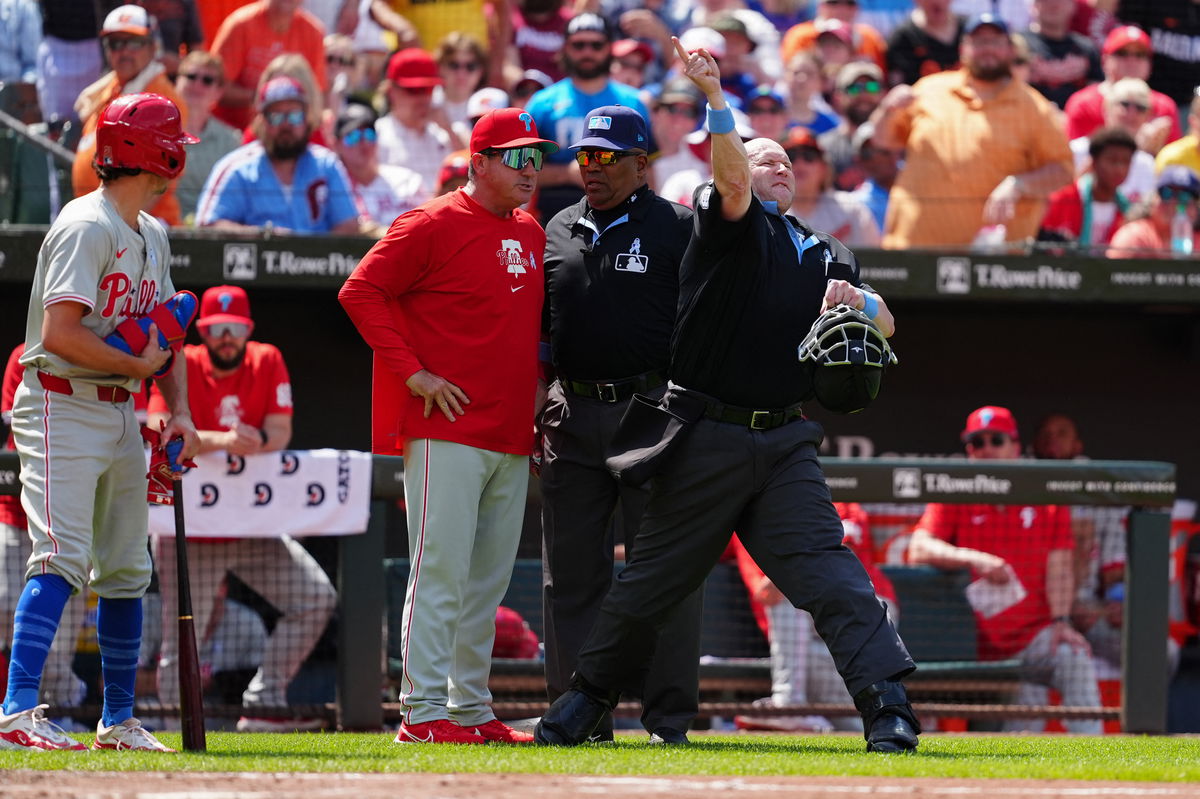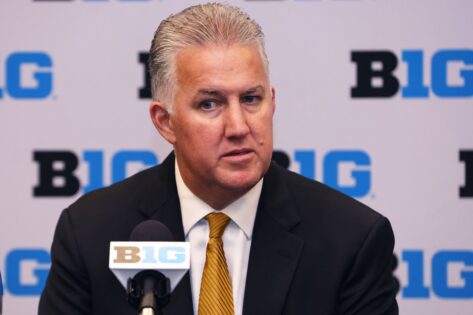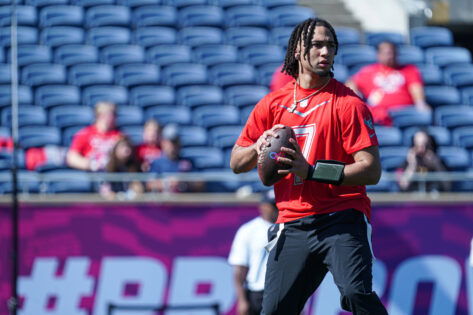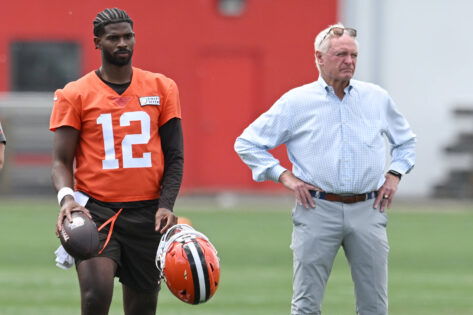Time and again, we all have yelled at our screens over a wrong call, haven’t we? There’s nothing that comes close to the frustration of watching a game totally get flipped over by such errors. And on that note, we thought of diving deep into the hot topic that the MLB challenge system has been for years now. Of course, this is a means to ensure fair play on the field. But did you know that out of all the American sports, MLB is the last to incorporate the challenge system?
Just this spring training, Major League Baseball decided to test a brand new system. Automated balls and strikes challenge system. This allowed all the hitters, catchers, and pitchers to challenge the strike calls that they believed were missed by the home plate umpires. Even though new in the major leagues, this system has been in the minor leagues since 2022, beginning with the Florida State League.
Well, testing the system’s concept and logistics was necessary before bringing it up to the major leagues. After all, aren’t the major league groups the toughest critics? And now, MLB is close to implementing the ABS challenge system.
Every club is allowed two managerial challenges to commence each All-Star game and postseason game, with one more to start other games. Upon using a challenge, it is then reviewed at the Replay Command Center in New York. This command center comes under MLB’s media headquarters.
These reviews are done by replay officials who are full-time MLB umpires. They work shift-wise at the center along with their on-field work commitments. The final decision is made after the officials are done replaying reviews and have come to a conclusion of whether to change the call, let the call stand, or confirm it. The end goal is to make sure that a fair call is made. But then again, the replay has to give strong evidence.
There have been quite a few rule changes lately this season.
To name some, are pitch clocks, adding ghost runners, banning defensive shifts, using the same DH rule for both leagues, and limitations on mound visits. These changes were simply an attempt to make the game smoother and more interesting.
What are the types of MLB challenges? How many challenges are allowed?
Well, thanks to technology, it keeps getting better and better at locating exactly where pitches land. There were many who wanted MLB to be less dependent on umpires and more on tech. Why? Simply to reduce human error. They wanted robots to take over. Although fully automated systems have their own problems, too. Then, it all came down to finding a middle ground, and it was tested at around 60% of spring training games this season.
It’s called the ABS challenge system!
Basically, home plate umpires still call balls and strikes. But behind the scenes, Hawk-Eye technology locates the pitch and checks whether or not it crossed the strike zone. If the player believes that the umpire has made a wrong call, they can challenge it. After that, the system checks the call with Hawk-Eye data to make the final call.
A manager can make more than one reviewable call for the same play using a single challenge. Just in case these challenged calls are overturned, the team keeps its challenge. If not, the team ultimately loses its challenge. When all the challenges are utilized, no more can be made for the remainder of the game.
If a manager wants to challenge a play, he has to immediately signal by raising both his hands. Then starts a 15-second timer. And within that time, they have to decide whether to challenge or not.
The manager has to clearly state which calls they want to be reviewed. Meanwhile, the MLB replay officials aren’t entitled to review any calls other than those that were made by the manager or the ones accepted for review by the chief crew.
Rules and regulations behind each MLB challenge: All you need to know
When a team challenges a call during a game, it has a certain set of rules that need to be followed. Let’s say, when a replay review is initiated, the managers and players are out of the picture. The final decision is made by replay officials only.
It’s important to note that their decision is not on the ground for any further argument or protest. After the decision is announced, if the on-field personnel argue, he can be ejected then and there.
If the replay results in a reversal of the initial call, the officials hold the power to put players in positions as if the correct call had been announced in real time. And this way, fairness can be ensured even if the play was progressed after the wrong call.
Now, do you think all plays can be challenged? Well, apparently, no!
MLB has a particular list of situations that can be reviewed. Fair/foul ball calls (only on batted balls landing past the bases), force and tag plays (at any base), outfield catches (here, infield catches are not reviewable), potential home run calls (for example, fan interference, fair/foul near the fence), non-home run boundary plays (ball bouncing over a fence or getting caught around stadium boundaries), baserunning decisions (runners passing each other or scoring before the third out), hit by pitch, tag-ups (following fly balls), runner placement (post-boundary calls), interference on double plays, and home plate collisions (involving either the runner or the catcher).
Tbh, these rules are important to follow to get better accuracy in crucial moments of the game. It also helps to maintain the integrity of the game. Because after all, isn’t baseball known for its integrity?
Do you have any particular thoughts regarding this ABS challenge system?
The post How Many Challenges Are Allowed in MLB? Exploring Rules, Regulations and Replay Types appeared first on EssentiallySports.



